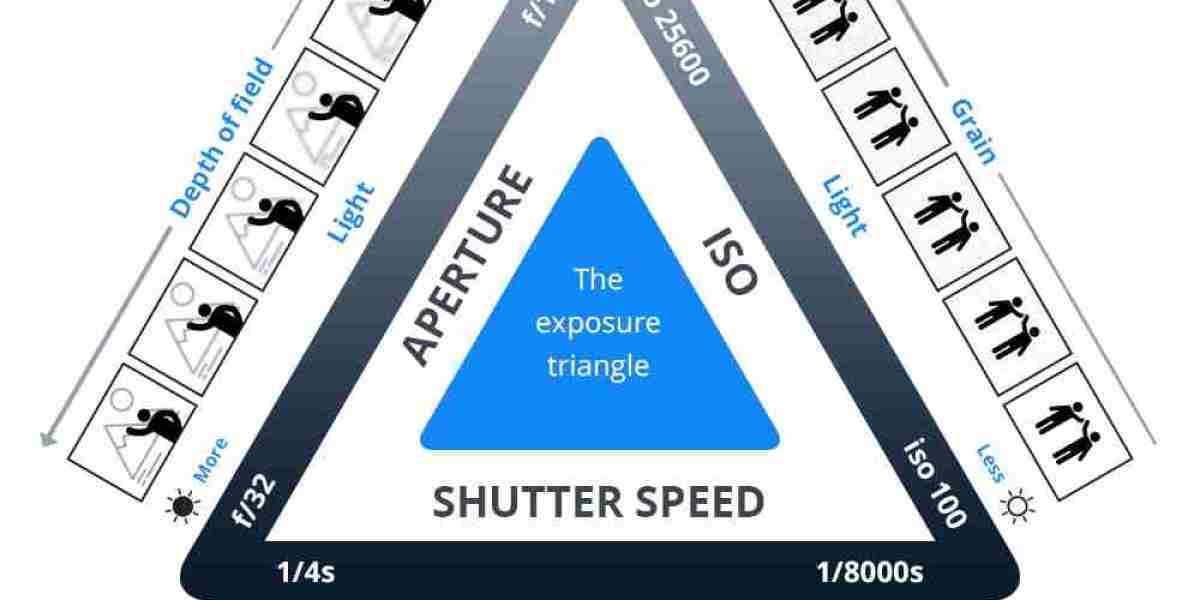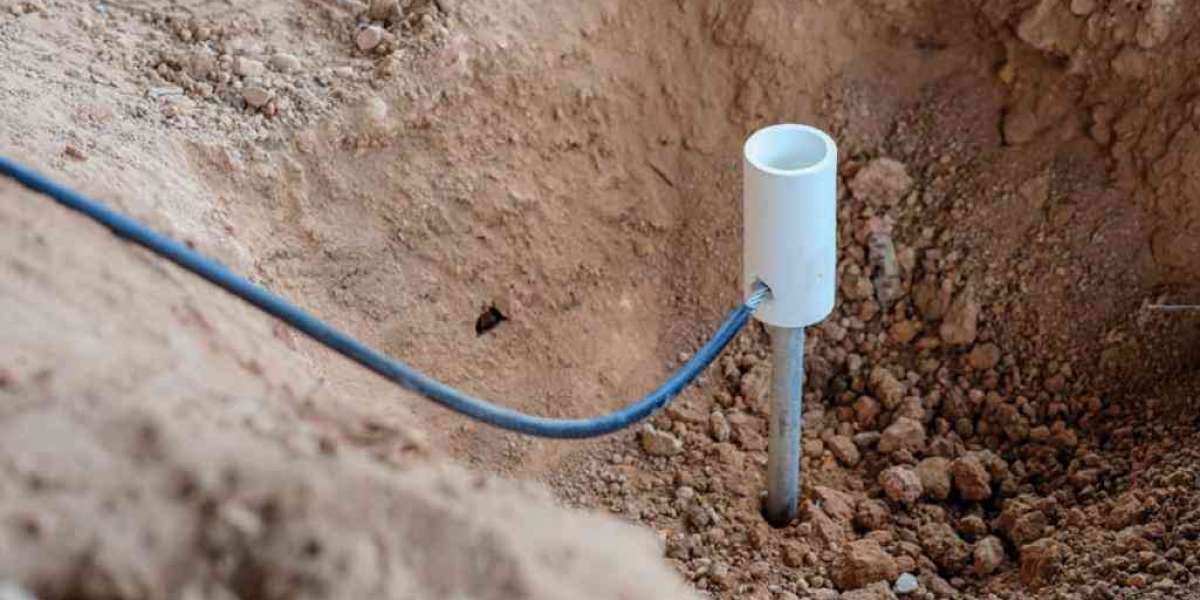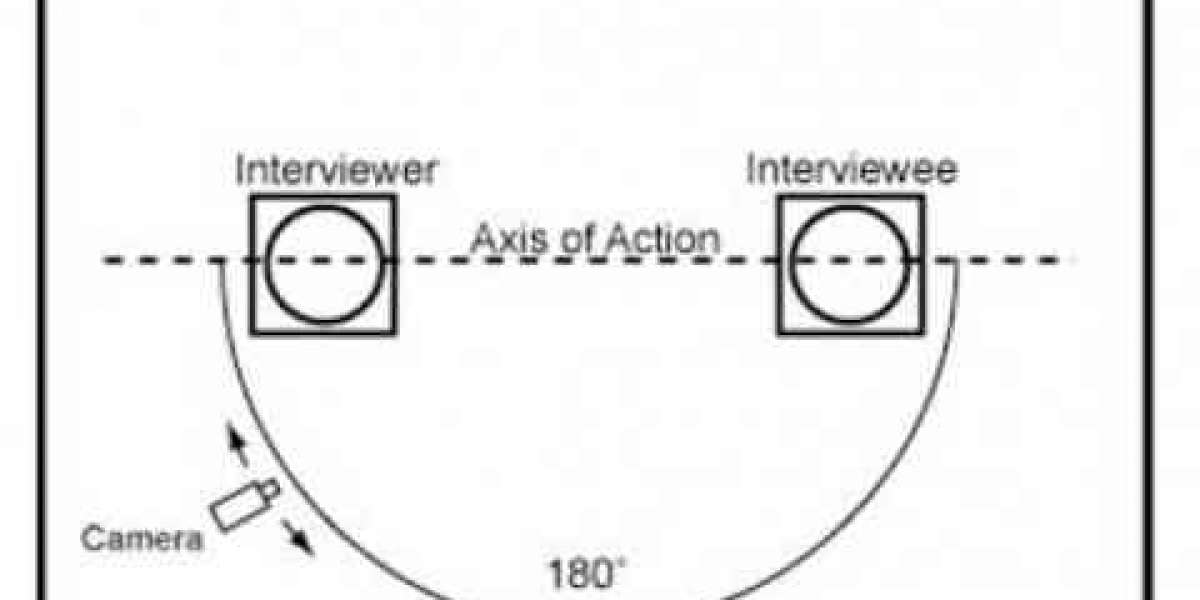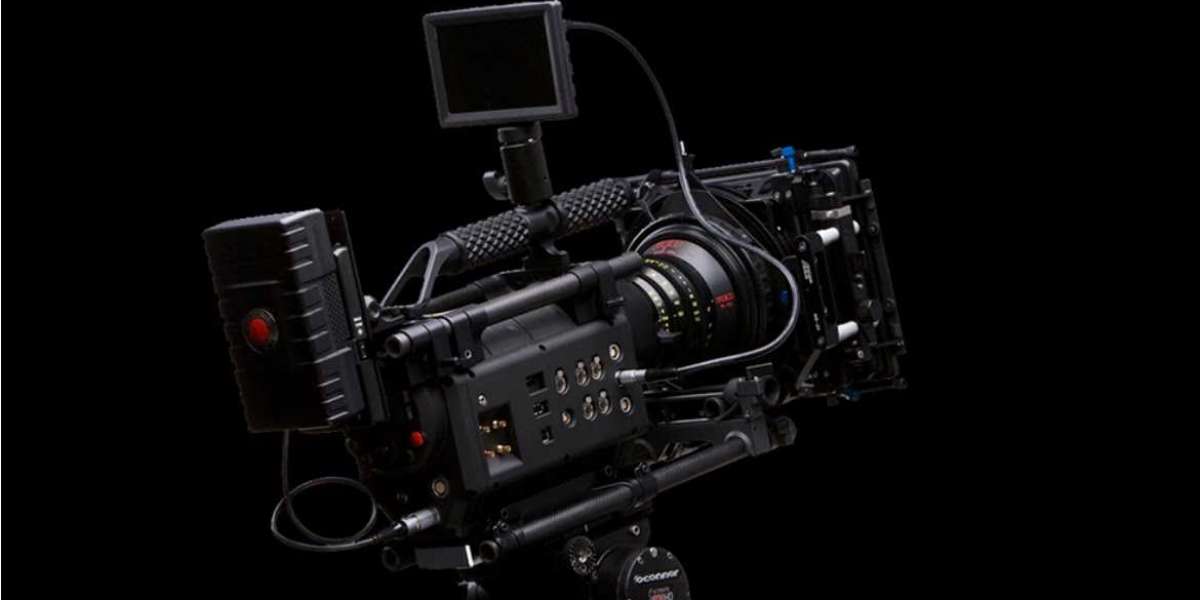What is the difference Between Shutter Aperture ISO
Shutter speed, aperture and ISO are the three key settings that determine the exposure of a photograph.
Shutter speed refers to the length of time that the camera's shutter is open, allowing light to enter the camera and hit the camera sensor. Faster shutter speeds freeze motion and create sharp images in bright light, while slower shutter speeds create motion blur and can capture low light scenes.
Aperture refers to the size of the opening in the lens that allows light to enter the camera. It is measured in f-stops, with smaller f-stop values indicating a larger aperture opening. A larger aperture lets in more light and results in a shallower depth of field (where only a small part of the image is in focus) whereas a smaller aperture reduces the light coming in and creates a deeper depth of field (where more of the image is in focus).
ISO measures the camera sensor's sensitivity to light. A lower ISO is less sensitive and results in less noise in the image, but requires more light to get a properly exposed image. A higher ISO is more sensitive but may create more noise in the image.
In summary, shutter speed controls the amount of time the camera sensor is exposed to light, aperture controls the amount of light entering the camera and the resulting depth of field, and ISO controls the sensitivity of the camera sensor to light.






